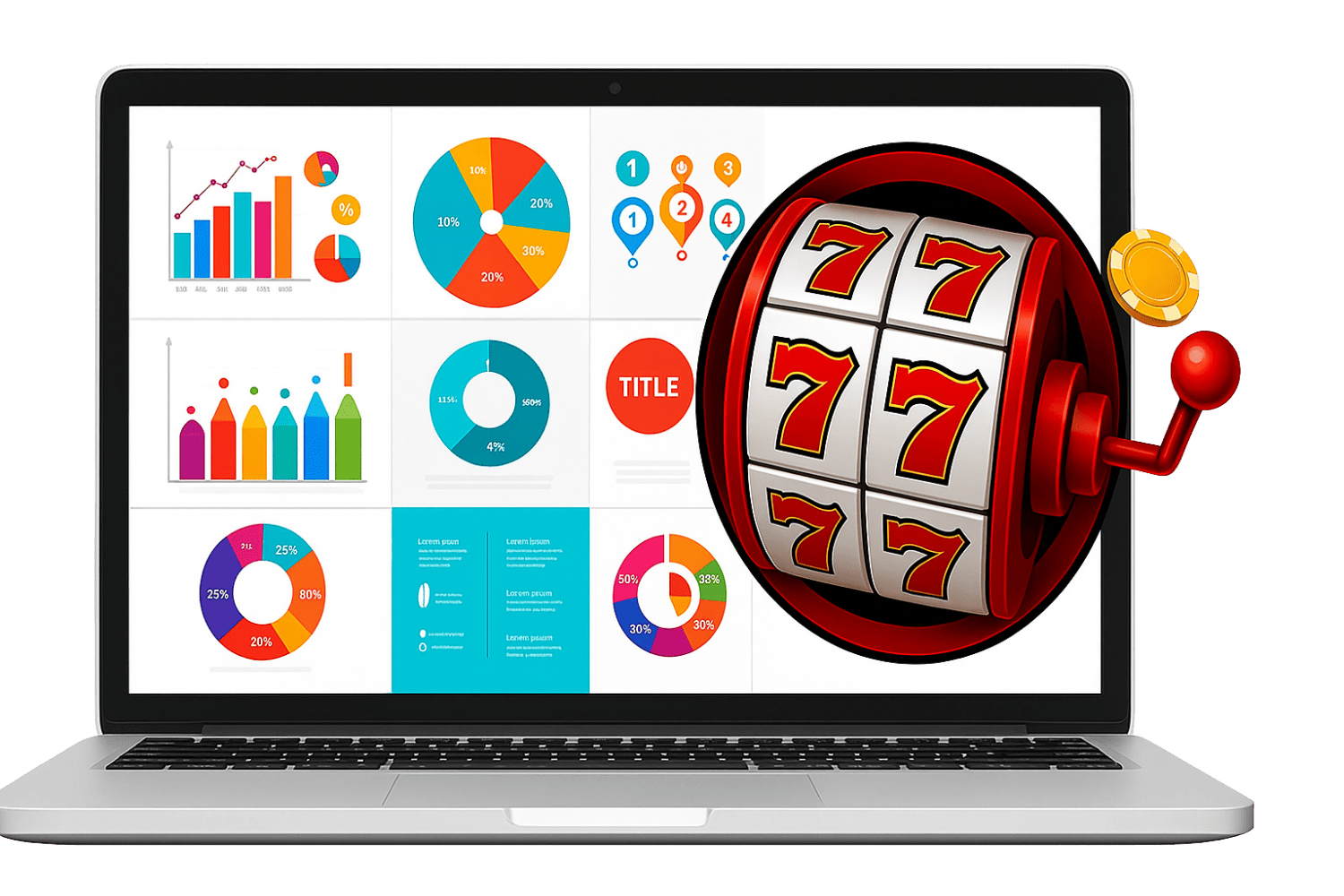Crafting a slot game is a meticulous journey through distinct stages, each building toward a polished, player-ready product. It starts with brainstorming, where bold ideas emerge from creative sparks and market insights. Next comes design, transforming concepts into tangible visuals and mechanics. Development follows, breathing life into the game through code and systems like random number generators. Testing ensures every spin runs smoothly, while the launch phase thrusts the game into the spotlight. Post-launch support keeps players engaged with updates and fixes, ensuring the game thrives in competitive online environments.
Slot Game Development
The process of creating an engaging slot game is an exciting one that combines technical mastery, market intelligence, and creativity. From the first idea to the final product being released onto the market, this article reveals the key phases of slot game production. Anticipate a well-defined plan that includes planning, where ideas are developed and target audiences are identified; implementation, where the game is brought to life by designs and code; and market launch, where players are guaranteed to spin the reels thanks to clever marketing. Every stage necessitates accuracy and fervor, guaranteeing that the finished product will thrill and engage players everywhere.
Slot Game Development Process

Development Stages
Brainstorming and Market Research
Developers spark ideas, from futuristic quests to mythic tales, while analyzing competitors to spot gaps in themes or features. Market research targets player preferences and trends, defining the audience, casual or high rollers. This blend of creativity and data crafts a unique, engaging concept that captures and holds player interest.
Design and Prototyping
Artists sketch vibrant visuals, from symbols to backgrounds, while wireframes shape intuitive interfaces. A minimum viable product (MVP) tests core mechanics, like spins or bonuses, using basic visuals. Early feedback refines the design, ensuring the game’s aesthetic and feel thrill online players.
Development and Testing
Programmers code algorithms, integrating random number generators (RNGs) for fair spins and bonuses. Unit and integration tests verify components and systems, while QA teams run thousands of spins to catch bugs. This rigorous process delivers a seamless, engaging game that players trust.
Launch and Marketing
The game goes live, backed by strategic marketing to spark buzz. Social media, influencers, and casino partnerships highlight unique features. Post-launch, developers monitor feedback, fix issues, and add updates like new bonuses to keep players engaged and ensure long-term success.
Slot Machine Programming Fundamentals
Slot Machine Start
Coding the Slot Machine Engine
Implementing Game Mechanics
Choosing a Business Model
Budgeting for Launch

Monetization and Player Retention
What to Do After Development?
With your slot game polished and ready, the real challenge is breaking through the noise. Contact me, and I’ll steer your creation toward the spotlight. My expertise in slot promotion, from crafting laser-focused marketing campaigns to securing prime placements in online gaming spaces, ensures your game grabs attention. I’ll analyze your target audience, optimize player acquisition strategies, and leverage industry connections to boost visibility. Whether it’s fine-tuning ad creatives or navigating platform algorithms, my hands-on support turns your slot into a player magnet, sparking success in a crowded market.
Contact Jarrod

Jarrod Glover
Casino SEO Consultant











